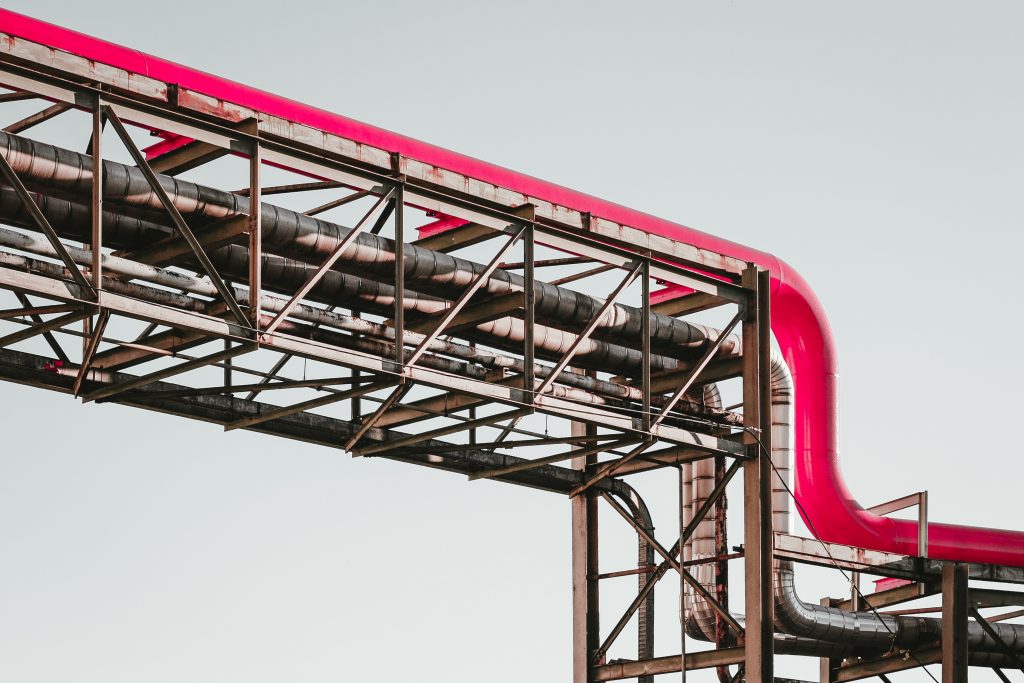
Inline pumps are a type of centrifugal pump. This type of centrifugal pump, i.e., inline pump, got its name mainly because of its structure. The suction and the discharge connection in an inline pump are kept in line with each other inside their casting. Due to this inline setting and small structure, inline pumps are relatively easy to install. Moreover, they efficiently pump fluids like water which have less or no solid particles present in it. There are two types of inline pumps,
- Vertical Inline Pump
- Horizontal Inline Pump
You can choose the one you want based on your application.
There are various ways of applications for an inline pump, and they serve a wide range of industrial applications. Below we have discussed some important ones.
Industrial Applications of an Inline Pump
● Inline pumps are best known for water circulation and water circulation. Vertical inline pumps efficiently circulate fluids and water heating because they can also hold up in extreme temperatures; hence, they are used in boilers, cooling towers, and air conditioners. They can be used as boosters in thermal power stations or water supplies.
● Due to the high water pressure they produce, inline pumps are used in fire stations.
● Inline pumps are great for dealing with slightly hostile solutions, deionized water, glycol, etc.
● Large tanks can also be filled using inline pumps because of their rapid pressure.
● Repressurizing fluids from the tank to a valve or via a pipeline is another application for this pump.
● As inline pumps allow the flow of water without any solids, they are ideal in the agricultural sector for handling water.
● They are highly beneficial in irrigating crops.
● They are used in reservoirs, bored well, and rivers to pump water.
● Being waterproof, they are perfect for outdoor usage.
● This type of centrifugal pump is also used in the pharmaceutical and food and beverage industries.
Inline pumps are not just restricted to their industrial applications, and instead, they are also very valuable in terms of their domestic applications.
Domestic Applications of an Inline Pump
● In commercial buildings, inline pumps come handy in the setting of hydronic heating systems.
● They are also used in the circulation systems of hot water.
● Moreover, just like inline pumps serve in the hot water circulation systems, they are also great at handling cold water.
● Inline pumps are also used in instalments of HVAC chilling systems (air conditioners).
● They are also used in filling up tanks.
● In the case of low-water pressure systems, installing an inline pump is the best decision.
● Additionally, they also serve in the commercial supply of water.
To sum it up, it is safe to say that inline pumps are not limited to a few applications; instead, they serve widely for domestic and industrial purposes. The water supply for industries, cities, booster systems, and isolated areas is all made possible by these small inline pumps!

